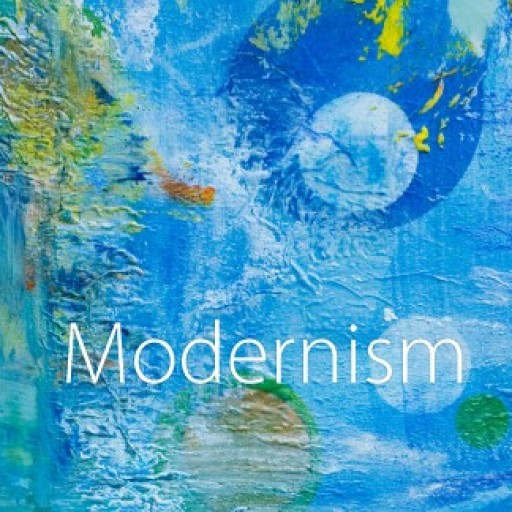In Jean Toomer’s short story “Karintha” – by opening with a poetic stanza, where the first line contains a simile that is to be repeated throughout, it contextualizes the story as a whole, as well as enabling Toomer to characterize Karintha in a positive way; breaking away from any stereotypes that may have been common to the time in which he was writing. For example:
Her skin is like dusk on the eastern horizon,
O cant you see it, O cant you see it,
Her skin is like dusk on the eastern horizon
…When the sun goes down (Jean Toomer 5)
Toomer’s reference to Karintha’s skin being “like dusk on the eastern horizon” (5) reflects how he is taking a term which once had a negative connotation, to mean something much more positive through its association with a sunset. Toomer’s choice to open with a simile is no coincidence. In doing so he is preparing for his use of other similes that will later contrast with the way that he is using the term “dusk” (5).
In the Oxford English Dictionary, dusk is defined as being “Obscure, veiled from sight or understanding,” but Toomer’s depiction of Karintha as being “like a black bird that flashes in light” (5) contradicts this, since he’s implying that Karintha is someone who is able to catch your attention, even when you are unable to “see more than a few feet in front” (5). It is through such an overturning of meaning that Toomer is able to create “an attack on false perceptions [and] prejudices” (Werner Sollors 368).
Further, Toomer’s often unconventional style of writing enables him to make indirect implications, leaving specific depictions of Karintha up to the readers own interpretation. There is one instance in which Karintha is described as taking money from men, however, Toomer does not say why. One interpretation might be that it is for prostitution, and if this is the case, Toomer’s description of the men that surround Karintha, from when she is a child and up until she is a woman, suggests that their inappropriate behavior and inpatient desire “to ripen a growing thing too soon” (5) are to blame for the role that she supposedly takes on as a woman. Therefore, not only is Toomer trying to avoid giving Karintha an implicit label, but it is through the centralizing of the men that he is able to provide his readers with a new way of looking at stereotypes and labels that may have been common to the time; ultimately revealing how labels, stereotypes and identities are often constructed and enforced by society.
Works Cited
Toomer, Jean. “Cane.” Ed. Byrd, Rudolph P and Gates Jr, Henry Louis. A Norton Critical Edition. 2nd Edition. London: W. W. Norton & Company, 2011. Print.
Sollows, Werner. “Jean Toomer’s Cane: Modernism and Race in Interwar America.” A Norton Critical Edition. 2nd Edition. London: W. W. Norton & Company, 2011. Print.
Oxford English Dictionary. 29th Nov. 2015. Web.

Leave a Reply